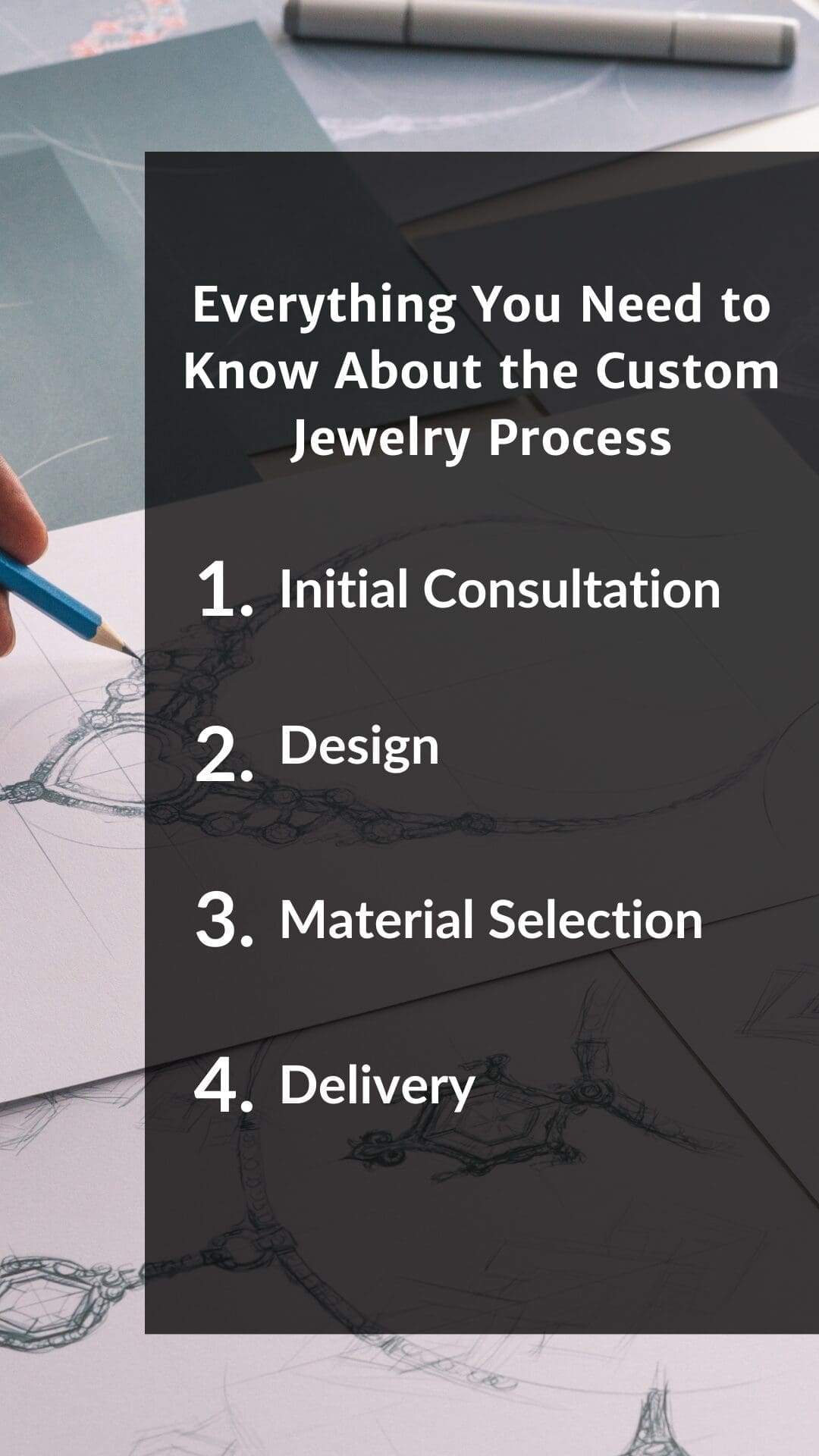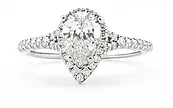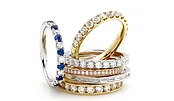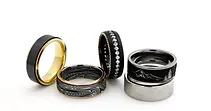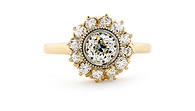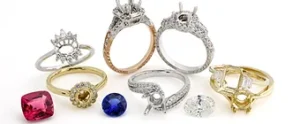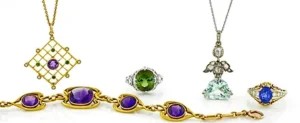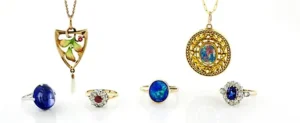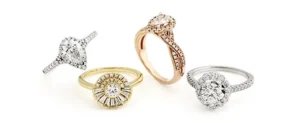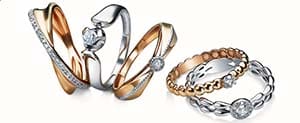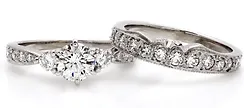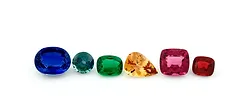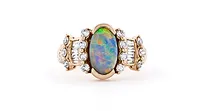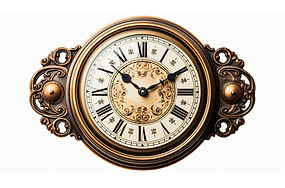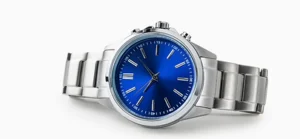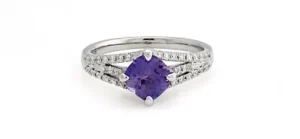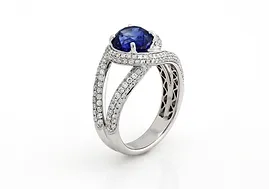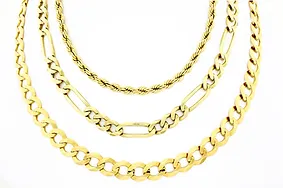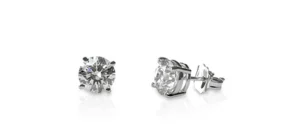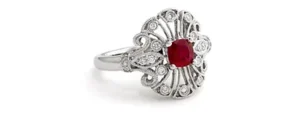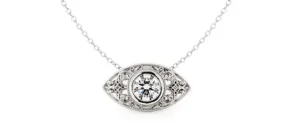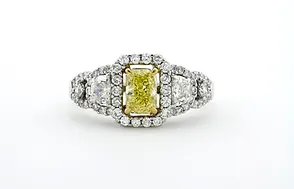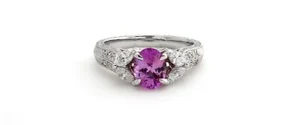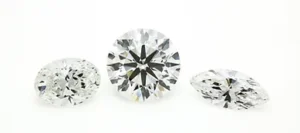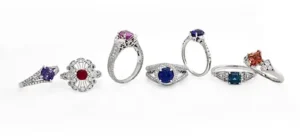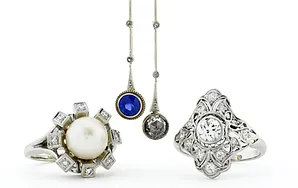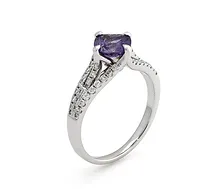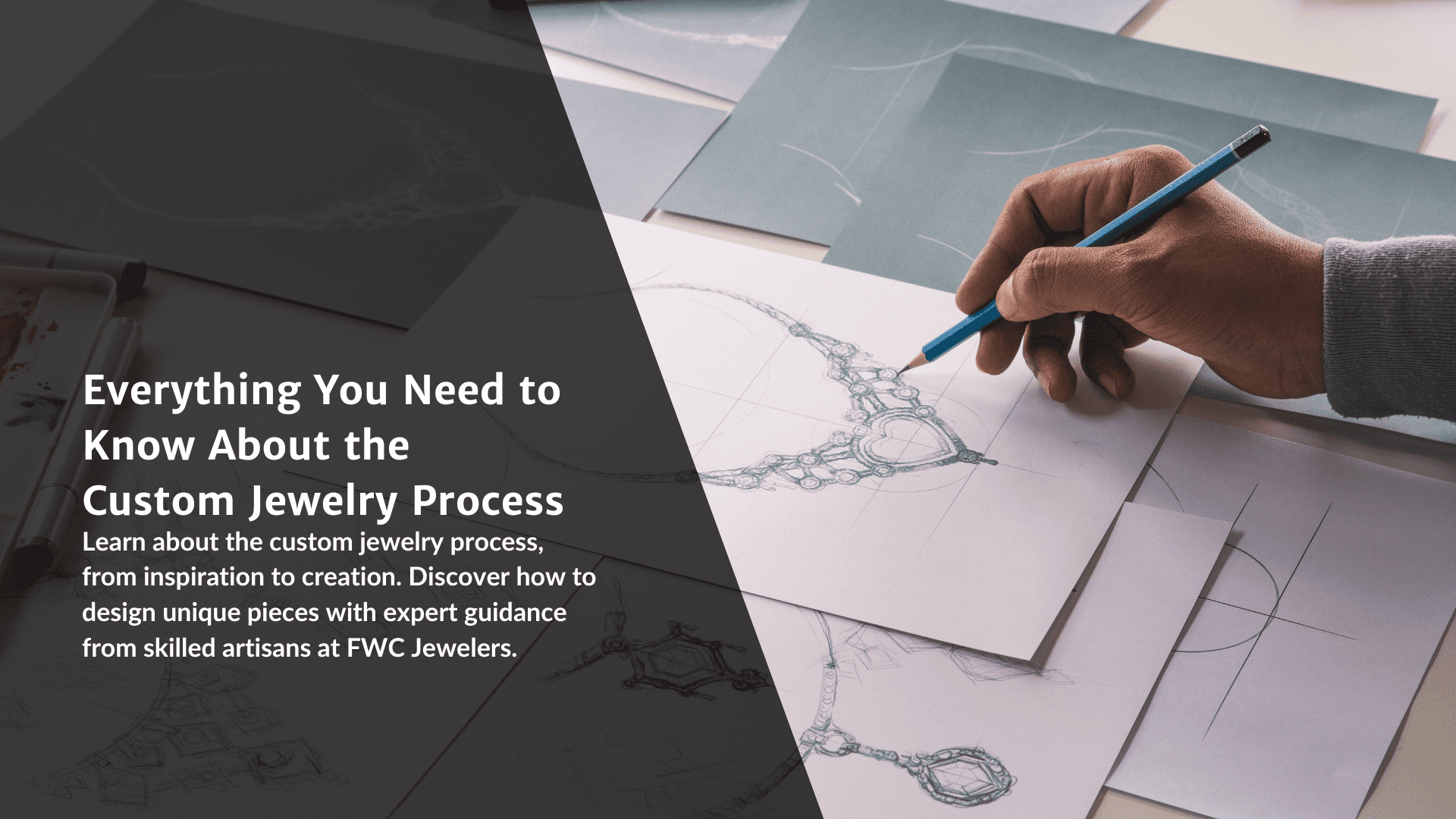Creating a piece of custom jewelry is a unique and rewarding experience, allowing you to bring your vision to life with the help of skilled artisans. Whether you’re looking to propose with a one-of-a-kind engagement ring or celebrate a milestone with a bespoke piece, understanding the custom jewelry design process is essential. This guide will walk you through every step, from the initial idea to the final creation, ensuring that your custom jewelry journey is as seamless and enjoyable as possible.
The Importance of Custom Jewelry Design
Custom jewelry design offers an unparalleled level of personalization and craftsmanship. Unlike mass-produced pieces, custom jewelry is made specifically for you, reflecting your individual style and the significance of the occasion. Whether it’s an engagement ring, a special anniversary gift, or a piece to commemorate a personal achievement, custom jewelry carries a unique story and emotional value.
Step 1: Inspiration and Initial Consultation
The first step in the custom jewelry design process is gathering inspiration and having an initial consultation with a jeweler. This stage is crucial for laying the foundation of your custom piece.
Gathering Inspiration
- Personal Preferences: Think about your personal style and preferences. What types of jewelry do you wear most often? Do you prefer classic, vintage, or modern designs?
- Sources of Inspiration: Look for inspiration in various places, such as jewelry magazines, social media platforms like Pinterest and Instagram, and even nature or architecture.
- Elements to Include: Consider specific elements you want in your design, such as the type of metal, gemstone, and any special motifs or symbols.
Initial Consultation
- Finding a Jeweler: Choose a reputable jeweler with experience in custom designs. Look for someone who listens to your ideas and has a portfolio that aligns with your vision.
- Discussing Ideas: During the consultation, share your inspiration and ideas with the jeweler. Be open to their suggestions, as their expertise can enhance your design.
- Setting Expectations: Discuss your budget, timeline, and any specific requirements you have. This will help ensure that the project stays on track and within your expectations.
Step 2: Design and Concept Development
Once the initial consultation is complete, the next step is to develop the design concept. This involves creating sketches or computer-aided design (CAD) models to visualize the piece.
Creating the Design
- Sketches and Drawings: The jeweler may create hand-drawn sketches to capture the initial concept. This allows for quick adjustments and refinements based on your feedback.
- CAD Models: Many jewelers use CAD software to create detailed 3D models of the design. This provides a precise and realistic representation of the final piece, allowing you to see how it will look from all angles.
- Review and Feedback: Review the sketches or CAD models carefully. Provide feedback and request changes if needed. This is the time to ensure that every detail aligns with your vision.
Step 3: Material Selection
Selecting the right materials is a critical part of the custom jewelry design process. The choice of metal and gemstones will significantly impact the look, feel, and durability of your piece.
Choosing the Metal
- Gold: Gold is available in various colors (yellow, white, rose) and karats, and it is a popular choice for its beauty and durability.
- Platinum: Known for its strength and hypoallergenic properties, platinum is a premium choice for fine jewelry.
- Silver: While less expensive, silver is a versatile and attractive option for custom pieces.
Selecting Gemstones
- Diamonds: Classic and timeless, diamonds are often chosen for engagement rings and high-end jewelry.
- Colored Gemstones: Rubies, sapphires, emeralds, and other colored gemstones add a unique and personal touch to your design.
- Birthstones: Incorporating birthstones can add sentimental value to the piece.
Step 4: Approval and Finalization
Before the crafting process begins, you’ll need to give final approval of the design and materials. This stage ensures that everything is perfect before the jeweler starts creating the piece.
Final Review
- Design Confirmation: Review the final design one last time to ensure all details are correct.
- Material Verification: Confirm the choice of metal and gemstones. Make sure that the selected materials meet your quality standards and preferences.
- Cost and Timeline: Finalize the cost and timeline for completion. Ensure that you understand the payment terms and any warranties or guarantees offered by the jeweler.
Step 5: Crafting the Piece
The crafting process involves turning the design into a tangible piece of jewelry. This stage requires the skill and expertise of experienced jewelers and craftsmen.
Creating the Jewelry
- Casting: The metal is melted and poured into a mold to create the basic shape of the piece.
- Setting Gemstones: Gemstones are carefully set into the metal, ensuring they are secure and positioned correctly.
- Finishing Touches: The piece is polished, and any additional details, such as engravings, are added.
Quality Control
- Inspection: The finished piece undergoes a thorough inspection to ensure it meets the design specifications and quality standards.
- Adjustments: If any issues are found, adjustments are made to perfect the piece.
Step 6: Presentation and Delivery
Once the custom jewelry is complete, it’s time for the exciting moment of presentation and delivery. The jeweler will hand over the completed piece, making sure it aligns perfectly with your vision and expectations.
Receiving Your Jewelry
- Final Inspection: Conduct a final inspection to ensure everything is as expected.
- Presentation Box: The jewelry is typically presented in a beautiful box, adding to the unique experience.
- Documentation: Receive any necessary documentation, such as certificates of authenticity or appraisals for insurance purposes.
Step 7: Aftercare and Maintenance
Custom jewelry is an investment, and proper care is essential to maintain its beauty and integrity. Your jeweler will provide guidance on how to care for your piece.
Care Tips
- Regular Cleaning: Clean your jewelry regularly to keep it looking its best. Use gentle soap and water, steering clear of any harsh chemicals.
- Storage: Store your jewelry in a safe place, preferably in a jewelry box with individual compartments to prevent scratching.
- Periodic Maintenance: Schedule periodic maintenance with your jeweler to check for any wear and tear, loose stones, or other issues.
Bring Your Vision to Life with Custom Jewelry Design
At the end of the day, the custom jewelry design process is a journey that transforms your vision into a beautiful, tangible piece of art. By understanding each step – from inspiration and consultation to material selection, crafting, and aftercare – you can ensure a smooth and enjoyable experience.
Ready to embark on your custom jewelry design journey? Contact FWC Jewelers in Seattle to schedule your consultation. Our dedicated team excels at turning your ideas into reality with unparalleled craftsmanship and keen attention to detail. Let us help you create a timeless piece that reflects your unique style and story.
FAQs: Custom Jewelry Design
What should I look for in a custom jeweler?
How is customized jewelry made?
How is jewelry made step by step?
Jewelry making involves several steps:
- Design: Creating sketches or digital models.
- Prototyping: Making a wax or 3D model.
- Casting: Pouring molten metal into a mold.
- Assembly: Joining different parts.
- Stone Setting: Placing gemstones securely.
- Polishing: Cleaning and shining the piece.
- Quality Check: Ensuring the final piece meets standards before delivery.
How long does custom jewelry take?
